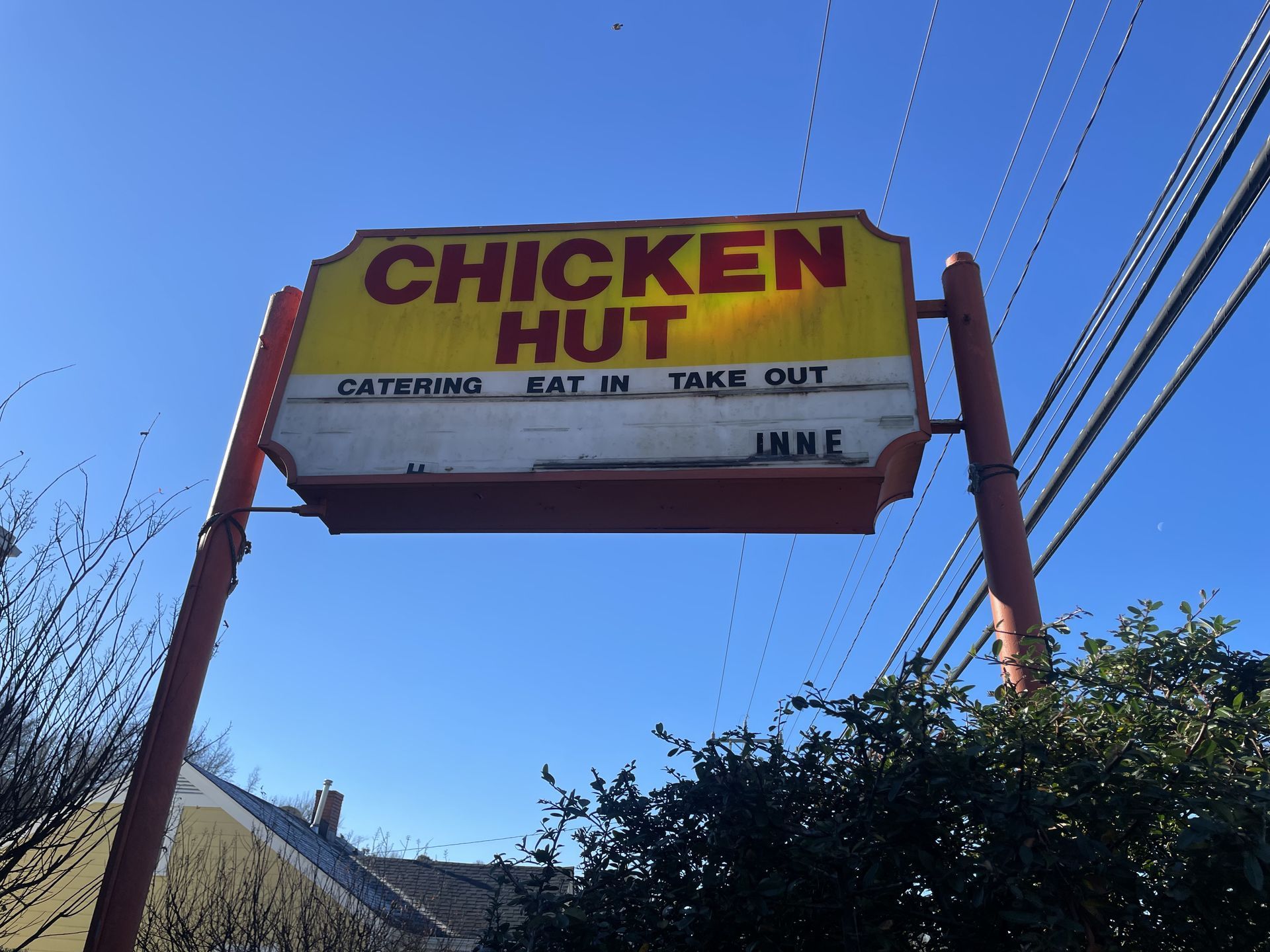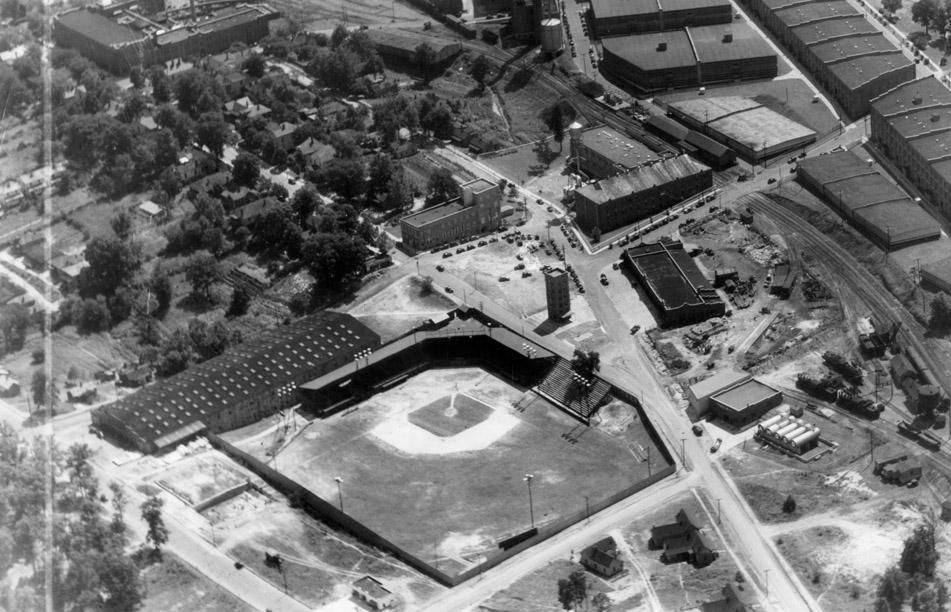National Historic Preservation Fund Faces Threatened Cuts
Trump Administration Threatens to Cut the Entirety of the National Historic Preservation Fund

The Historic Preservation Fund (HPF) is under serious threat, with FY26 funding nearly eliminated in the President’s proposed budget and FY25 funding still unreleased. Without this critical support, the infrastructure that designates and protects historic places in Durham—from cemeteries to neighborhoods—faces immediate risk.
What is the HPF and Why Does This Funding Matter?
The National Historic Preservation Act (NHPA), passed in 1966, is the cornerstone of federal historic preservation policy in the United States. It established a national framework for identifying, evaluating, and protecting historic and cultural resources. The NHPA created the National Register of Historic Places, the Section 106 review process for federal undertakings, and designated State Historic Preservation Offices (SHPOs) and, later, Tribal Historic Preservation Offices (THPOs).
The Historic Preservation Fund (HPF), established in 1976 as an amendment to the NHPA, provides the critical financial support needed to carry out the Act’s mandates. Through the HPF, states, tribes, and local governments receive funding to survey historic resources, review federal projects, and support preservation planning—ensuring the NHPA's goals are meaningfully implemented across the country.
The HPF is a federal-state partnership that requires a minimum 40% match at the state level. Notably, it is not funded by taxpayer dollars. Instead, it receives a portion of royalties from offshore oil and gas drilling. From the start, the idea was to invest proceeds from the extraction of one non-renewable resource into the preservation of another—America’s irreplaceable cultural heritage.
HPF in Action: Local Impact in Durham
Preservation Durham and the City/County of Durham have directly benefited from HPF-sourced grants in recent years:
- The Geer Cemetery archeological survey & mapping project, which led to its listing on the National Register of Historic Places, was funded by a 2020 grant to Preservation Durham through the HPF.
- The West End Cemeteries National Register District project received funding from a Certified Local Government (CLG) Grant to the City of Durham. CLG grants require a local match, demonstrating how HPF funds leverage local investment.
- Currently, Preservation Durham and the City of Durham are partnering on a CLG grant project to document and nominate the Emorywood Estates neighborhood as a National Register Historic District.
Together, these three projects represent less than $100,000 in total project costs—yet none would have been possible without HPF’s matching contributions.
The Bigger Picture
While the potential loss of grant funding for future local projects is significant, an even more critical concern is the impact on our State and Tribal Historic Preservation Offices that staff and support the review, compliance, and programs mandated in the NHPA. The NC Historic Preservation Office is essential for reviewing historic tax credit projects, National Register nominations, guiding compliance with federal laws, and managing grant programs. Our State Historic Preservation Office provides critical support to our local historic preservation commission as well through trainings, guidance and even reviewing local landmark nominations.
To make matters worse, the FY25 HPF funding, though approved by Congress, has not yet been released by the Office of Management and Budget. This delay is already creating immediate and serious operational challenges for SHPOs and THPOs nationwide.
Our statewide partners at Preservation North Carolina recently published a detailed piece on the impact of this uncertainty. It’s well worth a read if you want to understand the broader consequences of these funding delays and proposed cuts on preservation efforts here in Durham and across the state.
Preservation depends on action and your voice matters. The National Trust for Historic Preservation created an online tool that makes it easy to plug in your address to get customizable form letters to send to your members of congress. It takes less than 5 minutes and will support the work that Preservation Durham is doing to advocate on these issues.
More articles and resources:
- President’s FY26 Budget Proposal All But Eliminates the Historic Preservation Fund (National Trust for Historic Preservation, 5/28)
- Standing Up For Federal Historic Preservation Investment (Preservation NC, 5/28)




